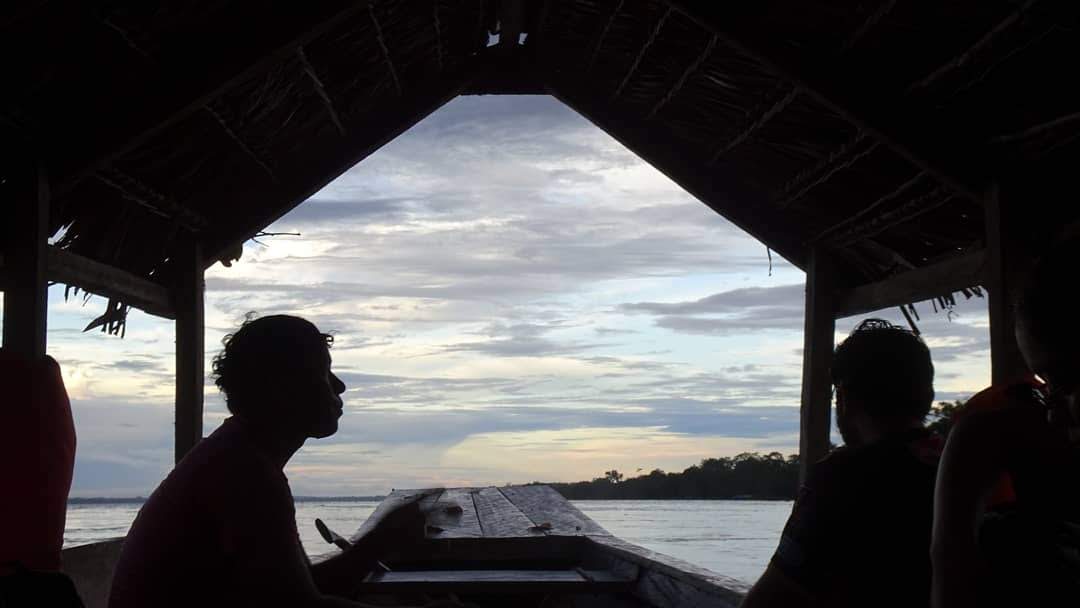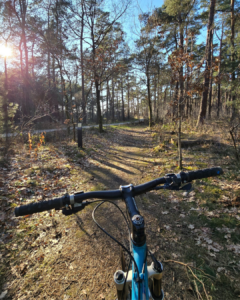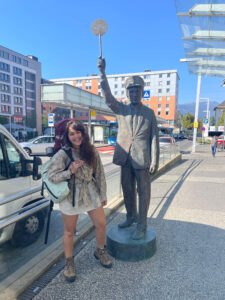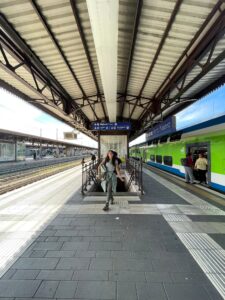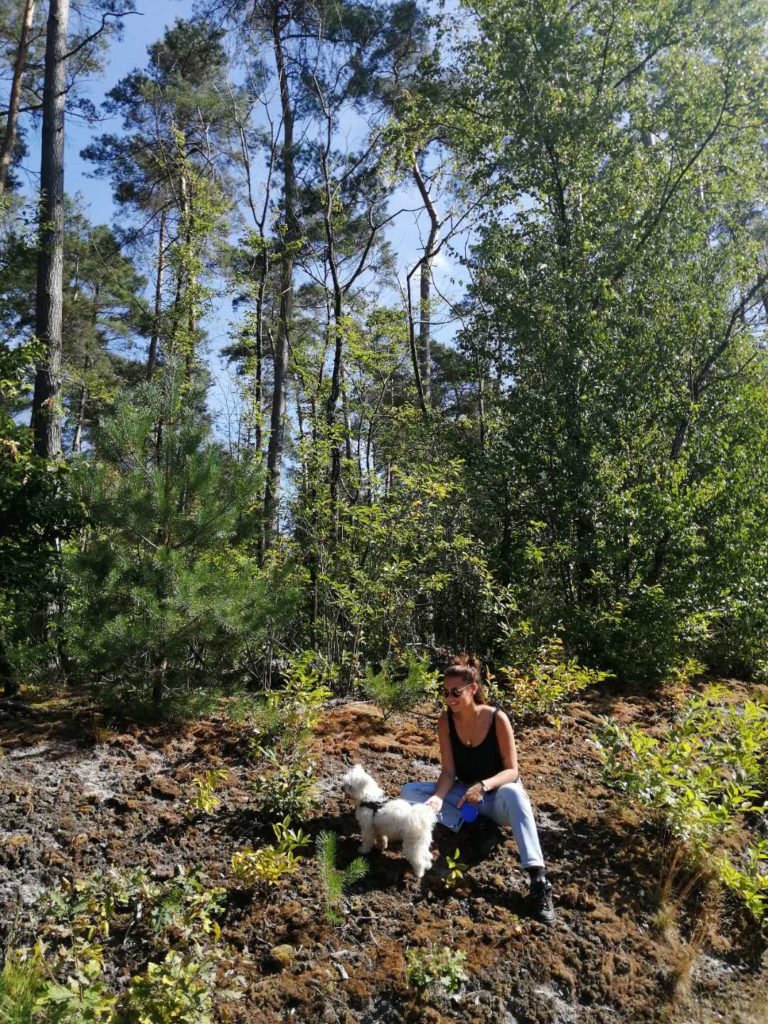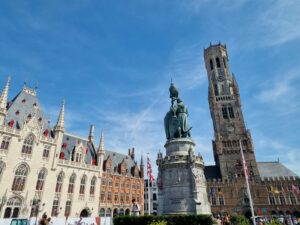In a world where ‘sustainability’ has become a buzzword and not always the solution to societal challenges, experts have sought a new lifestyle model. Specifically in tourism, this involves the regenerative model, which proactively focuses on restoring and improving travel destinations.
Tourism is an age-old phenomenon. Think of the wealthy Romans traveling to luxurious resorts. Much later, during the Industrial Revolution, tourism development accelerated. Travel became more accessible to a wider audience, partly thanks to improved mobility and, on the other hand, the rise of vacation rights.
Modern tourism, as we know it today, is deeply rooted in our society. In 2023, approximately 1.3 billion international arrivals were recorded, compared to ‘only’ 25 million in 1950. This growth naturally brings significant challenges.
Consider Venice, struggling under its popularity. Or Amsterdam, where finding affordable housing has become nearly impossible. Or the unequal distribution between the local population and investors in Casablanca. Or the waste left behind on the ‘unique’ journey to the top of Mount Everest.
Sustainable vs. regenerative?
According to the United Nations, sustainable travel means making conscious choices to minimize negative impacts on the environment, society, and economy. It’s a noble goal, something we can all contribute to. But… do we need to strive to maintain the current system for future generations? Why would we want to preserve a system, including all its negative consequences?
Isn’t our intention to progress, rather than stand still? The regenerative attitude goes beyond ‘maintaining’. It is a proactive approach in which the traveler focuses on restoring and improving the travel destination. It is therefore not just about reducing the negative impact, as with sustainable tourism, but about actively contributing to the restoration of natural ecosystems, strengthening local communities and economies, and preserving cultural traditions.
By the way, I don’t see sustainability and regenerative practices as conflicting concepts. Instead, I view sustainability as a component of regenerative tourism, part of a systemic change.
Why do I speak of systemic change?
Because we need to revise the core principles of tourism. Instead of solely striving for profit, actors in tourism should also aim for value creation for both local communities and nature. This means that regenerative tourism involves a shift in values and practices. This is the point where tourism breaks out of its silo as an industry solely focused on travelers.
Systemic change requires involvement from all stakeholders in the tourism sector, including governments, travel organizations, local communities, and travelers.
What can I do as a traveler?
As a traveler, you have a certain responsibility. Ten years ago, when I started simplybyjoy.com, I wrote, “traveling is a privilege, therefore we are able to positively change our behavior towards it.” I still feel the same way today.
You might rightly think, ‘easier said than done.’ The good news is that there are already many organizations contributing to this regeneration. You might not know them because they’re not TUI, Hilton, or MSC. In the next part of this article, I’ll introduce you to some regenerative tips and players.
Information is key
Everything starts with making informed choices. Choose destinations that promote sustainability and regeneration, and remove destinations that need breathing room from your bucket list. Travel during the off-season whenever possible to support local economies when tourism is not flourishing. Also, learn about the situation of the destination: what is the history of my host country? What cultural norms should I follow? What about the economy? Is there great inequality? What are the country’s biggest challenges?
In addition to the destination, you can also research the impact of your stay or of the organization(s) you are traveling with. What are they doing to promote a positive impact? Is it truly taking place, or are we talking about greenwashing? How does the tour operator work with local communities? Does the organization also provide an educational framework for its visitors?
Fight against greenwashing
Greenwashing is the deceptive presentation of a company, product, or service as being more environmentally friendly or sustainable than it is. This is often done through marketing and PR strategies that overemphasize certain ecological benefits while obscuring the harmful environmental impact. As a traveler, check if you are not supporting greenwashing and ask critical questions.
Catchy phrases like “Travel Sustainable” from Booking.com and “Cruising the blue in a green way” from MSC Cruises sound great, but the reality is a bit less rosy. These companies often use green slogans that have more to do with marketing than actual sustainability, as it usually goes.
For example, Booking.com’s “green leaf” rating, which claimed to highlight eco-friendly stays, was recently removed in 2024 after discussions with the Netherlands Authority for Consumers & Markets (ACM). The ACM found that the system wasn’t transparent enough for travelers to understand, and it was taken down to avoid misleading consumers.
MSC Cruises is another example. They advertise “green” LNG-powered ships, which sounds positive, but LNG (liquefied natural gas) isn’t exactly problem-free. While it can reduce some harmful emissions, it also results in methane leaks—a potent greenhouse gas that can cancel out the supposed climate benefits. Plus, the cruise industry, with issues like water pollution, biodiversity loss, and waste, isn’t winning any sustainability awards. So, slogans like “Cruising the blue in a green way” might look nice on paper, but the truth is more complicated.
Leave Nothing but Footprints: Beyond the Quote
Your personal actions on the road leave a certain mark. I will explain this using two simple, obvious examples. I really like the quote “Leave nothing but footprints, take nothing but pictures.” Many travelers also know it and think they are applying it, but in practice, they leave a greater impact than they can imagine.
- Did you know that while your sunscreen might protect your skin, it can harm marine life? Sunscreens containing ingredients like oxybenzone, octocrylene, and octinoxate can damage coral reefs and coral larvae. In fact, Hawaii banned the sale of sunscreens containing these chemicals in 2021 to help protect reefs. To make an eco-friendly choice, look for reef-safe sunscreens made with non-nano zinc oxide or titanium dioxide—these are usually marked as “reef-safe” on the label. Want to take it further? Support coral regeneration projects, or try a beach cleanup on your next dive trip.
- Have you heard of ‘stonestacking‘? Stacking stones is a popular trend among hikers, but it seems we need to do some awareness work here. Moving and stacking stones disrupts the ecosystem and causes soil erosion. The soil that was once protected by the stone is now vulnerable. It sounds so innocent, but it’s not a sustainable practice.
- On hiking trips, I saw lots of fruit peels along the way. People might think they are biodegradable, but in fact the decomposition of fruit litter takes much longer than you probably imagine. A banana peel could take up to two years to decompose, especially in cooler, less humid forest environments. It may also disrupt local fauna because they’re not a natural part of the animals’ diets. Eat your fruit and take the peel with you, until you find a trash can.
Advocating for Gender Equality
Are women in the community treated equally? According to UN Tourism (World Tourism Organization), women make up 54% of the tourism workforce (2024). Despite being the majority, women remain concentrated in lower-skilled, lower-paid, and often informal jobs. Men are often the visible frontline or management, but the women make sure the beds are made, the rooms are cleaned, and the coffee is on the table. So there is clearly still work to be done on equality in the sector. As travelers, you can therefore choose to join organizations that are actively working on this. For example:
- In Nepal: For 25 years, 3 Sisters Adventure Trekking has focused on empowering women in a traditionally male-dominated industry. By actively involving women in the trekking sector, this organization not only creates jobs and better economic opportunities for women but also fosters a shift in the social structure, promoting gender equality in the region.
- In Kenya: In 2020, The Mountain Lioness Program, launched by Exodus, began training women as professional guides and porters on Mount Kilimanjaro—an area where men have historically held most of these roles. This program opens up new opportunities for women in the tourism industry while challenging traditional gender roles on Africa’s highest peak.
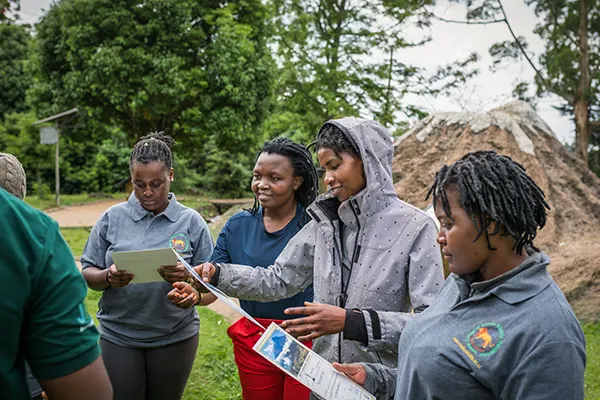
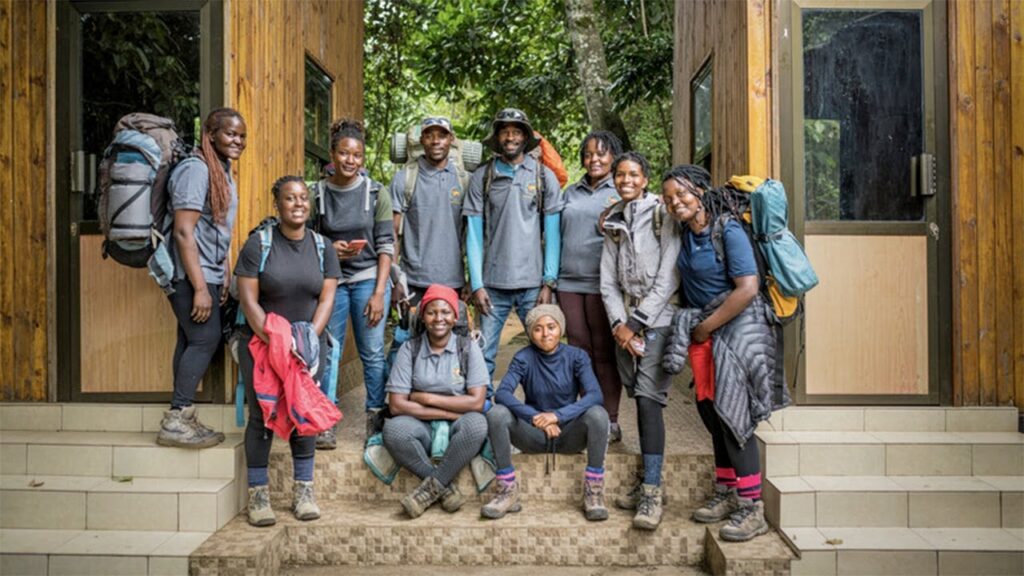
Part two to be continued.
